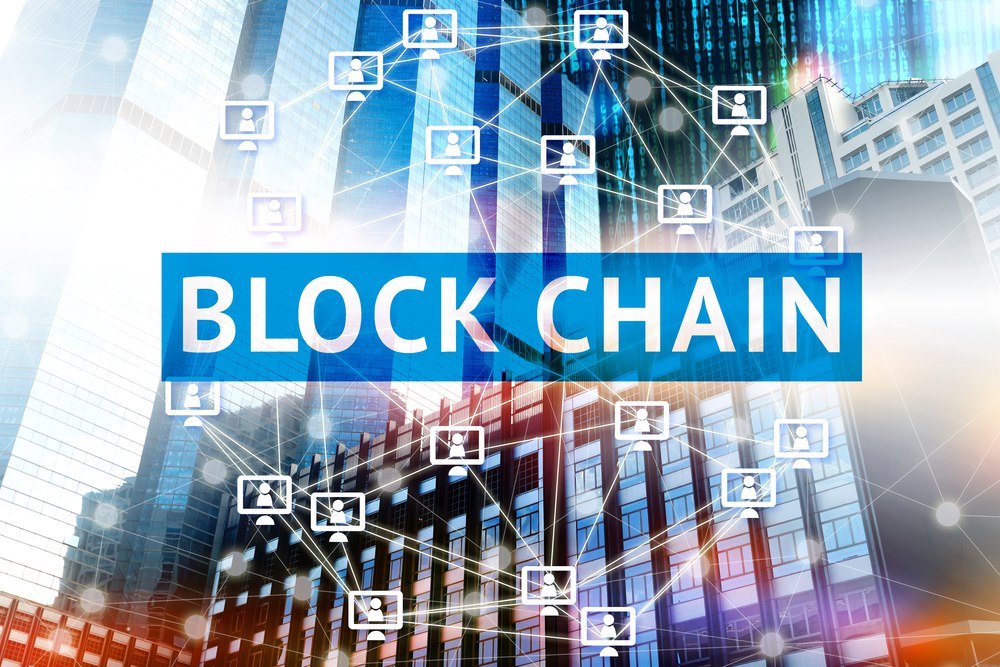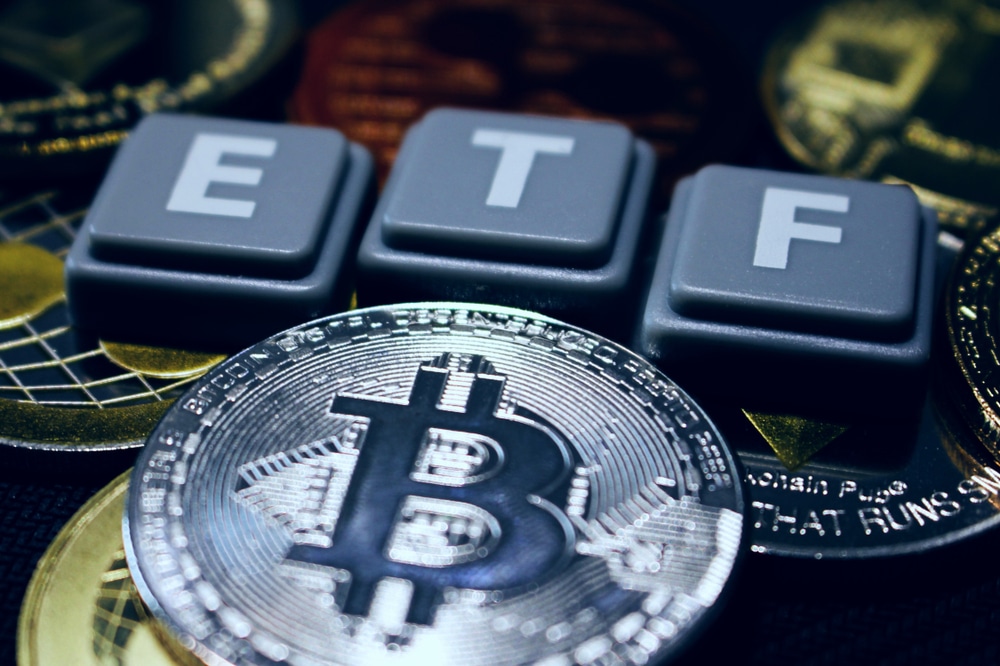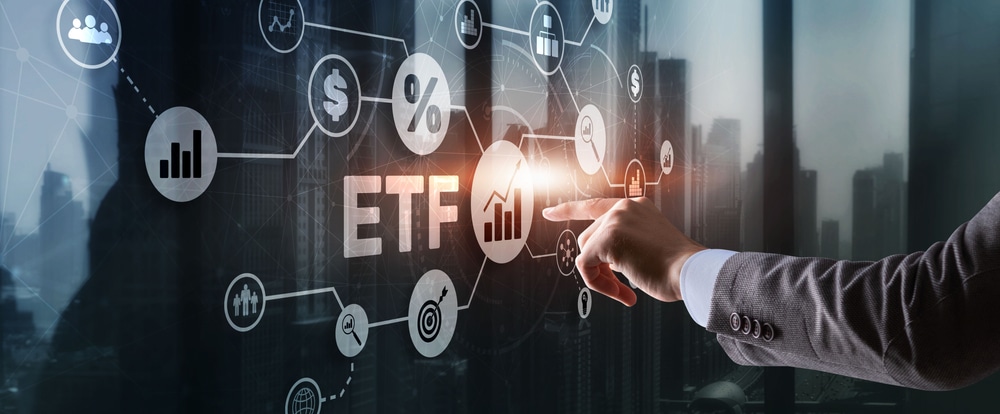What You Need to Know About MetaFi – The Fusion of Metaverse and DeFi

MetaFi seeks to establish a standard for integrating blockchain technology into conventional Web2 applications of significant scale, such as gaming, social media, and the virtual universe known as the Metaverse.
Blockchain technology has paved the way for numerous innovative developments. It has given birth to various projects like non-fungible tokens (NFTs), cryptocurrencies, decentralized finance (DeFi), and the Metaverse, to name a few. Many activities within the blockchain domain are collaborative efforts of these projects. This article delves into one such collaborative innovation, MetaFi. While MetaFi draws inspiration from the Metaverse and DeFi, its name isn’t a direct abbreviation of these terms. Subsequent sections will elucidate the essence and scope of MetaFi.
Decoding MetaFi: Bridging Metadata and DeFi
‘MetaFi’ is derived from two components: ‘Meta’ refers to Metadata, and ‘Fi’ alludes to DeFi. Metadata is a set of data that describes other data. For instance, a file’s metadata might include its creation date, size, and location. Similarly, blockchain transactions also have metadata. DeFi, or decentralized finance, represents a financial system without centralized intermediaries.
The Metaverse provides a vibrant digital space, simulating real-life experiences where people can connect and interact. Users can play games, hold discussions, make purchases, and partake in various experiences. It leverages IoT, blockchain, VR, AR, and AI advancements. On the other hand, DeFi represents a financial model free from central institutions like banks, ensuring users benefit from increased safety, faster dealings, and a fee-free environment.
Anatomy of MetaFi
Examining the structure of MetaFi provides clarity on its composition. MetaFi consists of three pivotal components: foundations, DeFi, and verses. Foundations form the bedrock of MetaFi, encompassing the core architecture that facilitates various layers of solutions. Applications operate on this architecture, leveraging shared logic and security.
DeFi represents the financial facet of MetaFi, perpetually active housing applications, often termed Money Legos. These tools empower developers to formulate new protocols, enhancing the pace and efficacy of services offered to DeFi participants. Money Legos execute complex financial operations via smart contracts.
Verses, the final segment of MetaFi, is an aggregation of domains constituting the Metaverse. Verses link various layers to Metaverse segments based on compatibility and efficient value transfer.
MetaFi’s Operational Blueprint
MetaFi’s operational design is intuitive. It capitalizes on Metadata and DeFi. By harnessing Metadata associated with blockchain assets, MetaFi facilitates interoperability. Its primary objective is to consolidate diverse blockchain functionalities within a singular ecosystem, achieving interoperability through consistent metadata usage across all blockchains and platforms. This integration offers users a comprehensive and advantageous economic environment. Through MetaFi, core elements of the Metaverse and DeFi are seamlessly merged.
MetaFi is poised to accelerate the adoption of Web3 and blockchain within its ecosystem. Its infrastructure is an amalgamation of metadata attributes and digital assets, invariably enhancing the applicability of Web3 and blockchain technology.
Understanding MetaFi
MetaFi offers a vast horizon of possibilities, with its applications being multifaceted.
One notable application of MetaFi is in the realm of virtual worlds. It facilitates interactions across multiple virtual environments, emphasizing the significance of digital assets and visual tokens. Retail giants like Walmart and McDonald’s have already established their presence within the meta ecosystem. Furthermore, MetaFi provides a decentralized digital identity and reputation management framework, ensuring users can securely access their digital profiles and assets.
Another dimension of MetaFi is its role in the marketplace. The blockchain realm boasts NFT platforms like Rarible, OpenSea, and LooksRare, where individuals can acquire NFTs through digital tokens. MetaFi amplifies the capabilities of these marketplaces by endorsing the transaction of digital assets on decentralized, blockchain-backed platforms.
NFT yield farming within MetaFi allows dormant assets to be utilized as collateral or for leasing, generating returns. This approach is prevalent in blockchain-based games, where high-value in-game items are lent to players who might not be able to purchase them outright. The idea of Fan Tokens is another intriguing aspect of the MetaFi framework. Sports or fan clubs can create these tokens, granting token holders unique privileges such as VIP access, event invitations, voting capabilities, and more. Renowned football clubs like PSG, Barcelona FC, and Juventus have already introduced fan tokens. Enthusiasts can acquire these on platforms like Chiliz, Binance, and Coinbase. The MetaFi protocol can efficiently support creating and exchanging these fan tokens.
Challenges in MetaFi
MetaFi represents a progressive stride in the blockchain domain, acting as an intersection of ecosystems centered around metadata. However, some aspects of MetaFi, including VR, AR, and AI, remain nascent. Engaging with MetaFi necessitates specific hardware and software, presenting challenges for its creators and prospective users.
Despite MetaFi’s efforts to enhance blockchain compatibility, it encounters issues related to operability. Some blockchains are designed exclusively for their native platforms, inhibiting cross-blockchain interactions. Developers are tasked with modifying these blockchains’ foundational technologies to ensure that decentralized applications (dApps) are compatible. Additional concerns arise from varying gas fees and network speeds.
Ambiguous tokenomics presents a significant hurdle in the DeFi sector. Numerous blockchain initiatives need consistent incentives or sustainable APY. This lack of clarity in token distribution complicates the integration of DeFi with the Metaverse. MetaFi developers must provide clear guidelines on voting privileges and yield generation.
Final Thoughts
While MetaFi is in its formative phase, its potential is undeniable. Only a fraction of what MetaFi can offer has been tapped into. This pioneering idea is poised to usher in many MetaFi applications in the blockchain arena. Nevertheless, addressing the inherent challenges of MetaFi is crucial for a smooth and integrated ecosystem. The journey of MetaFi is still unfolding, with vast territories yet to be discovered.
DISCLAIMER: It's essential to understand that the articles on this site are not meant to serve as, nor should it be construed as, advice in legal, tax, investment, financial, or any other professional context. You should only invest an amount that you are prepared to lose, and it's advisable to consult with an independent financial expert if you're uncertain. To obtain more information, kindly examine the terms of service and the assistance and support resources made available by the issuing or advertising entity. Our website is committed to delivering accurate and unbiased news, yet it's important to note that market conditions may change rapidly. Also, be aware that some (but not all) articles on our site are compensated or sponsored.








